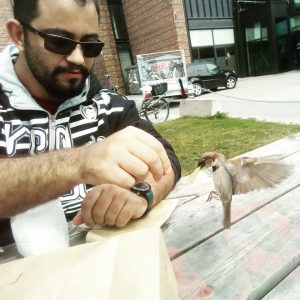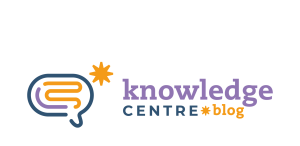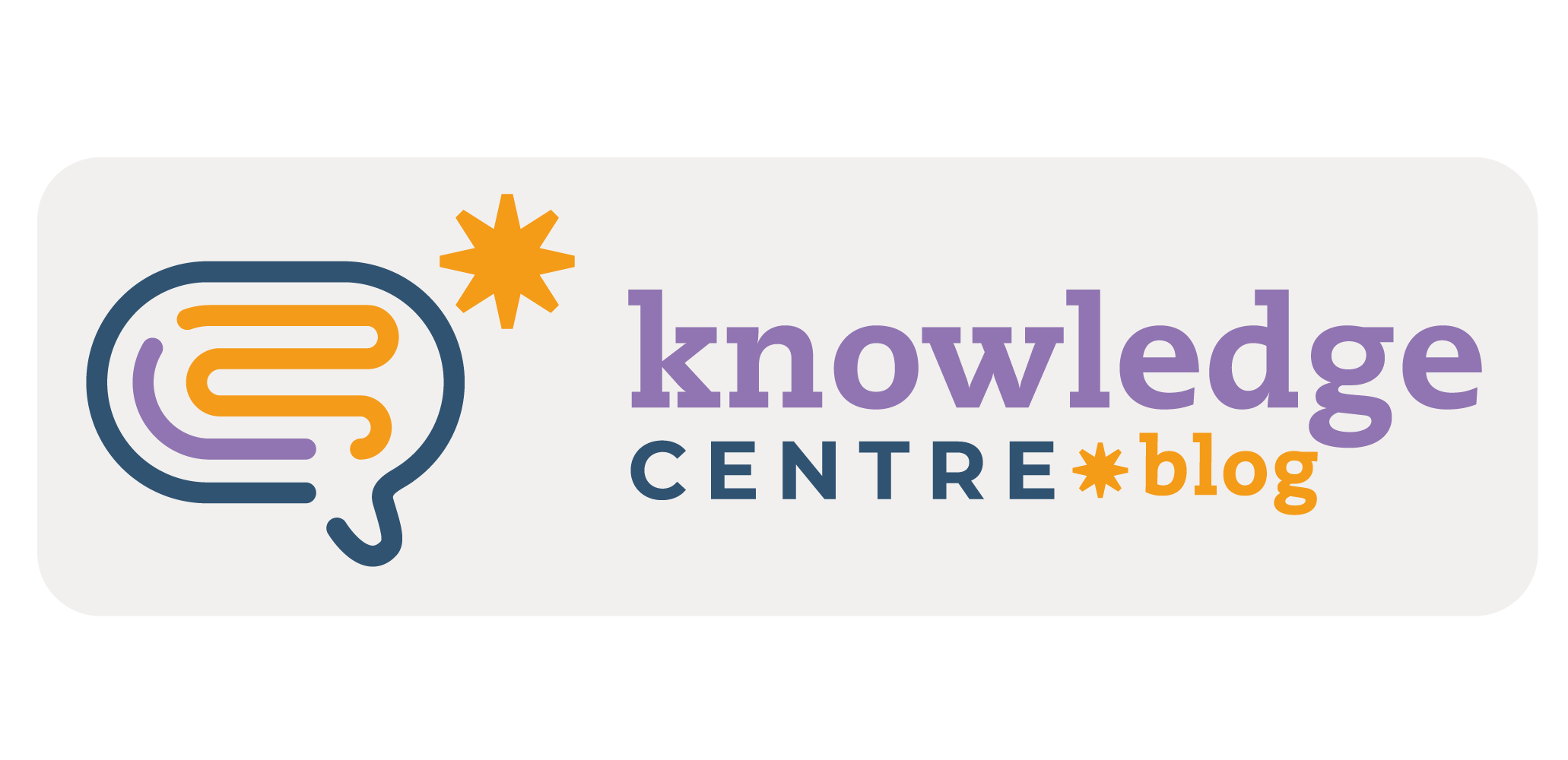
How often do we hear, as we learn a new language, that we should watch movies and listen to music in the target language and travel to countries where that language is spoken? Besides being cliche and within common sense, such advice is quite useful. Surrounding yourself in an environment filled with the language you aim to learn is one of the best methods to actually achieve your goal. The aim of the article is to shed some light onto the language acquisition theory developed by Noam Chomsky. This theory’s name is Generativism and I will be talking about it and how it is possible to connect it to the International School material and practices.
Input, a word that, according to Cambridge Dictionary, is “something such as energy, money, or information that is put into a system, organization, or machine so that it can operate”. In language acquisition it means “the amount of language learners are immersed in” and it is an important concept to understand one of the roles of a teacher in the IS programme. Here are some reasons based on scientific studies on why a teacher should plan his/her classes’ input.
First of all, a planned input gives the teacher the feeling of “accomplishment”, since it gives the possibility of forecasting what the students’ needs are, and understanding possible challenges one faces in the classroom. It also allows teachers to understand students’ learning process.
Noam Chomsky (1986) states that humans are genetically prepared for speaking languages, however, one cannot simply count on genetics to be able to speak a language such as Portuguese, English or Welsh. That’s the why Chomsky (2005) points two other factors for language full development:
3 factors of language design (adapted from Chomsky: 2005).
Those three factors (environment, genetic endowment and other domains not language specific) consist of the genetically prepared human being for language acquisition; the environment that surrounds the person, e.g., as José is surrounded by Brazilian Portuguese speakers, he will end up speaking this language; as John is surrounded by Canadian English speakers, that’s the language he will develop; and finally the domains that are not language specific, such as memory, reasoning, vision, hearing, etc also play important roles when it comes to language development.
Talking about the environment, the ideal scenario for language acquisition is one in which the child can experience the target language. This automatically drives us to the matter of input, which, in linguistics, is the amount of language a child/learner is targeted in order to develop a certain code a community shares. Once this learner receives a rich input, he/she tends to develop the language the community speaks. If we take this to the reality in the IS programme, it becomes clear that the classes are the source of such a rich input and the teacher is responsible for its planning and development.
However, one must be tempted to think that if we only speak the target language, our students will receive the knowledge like magic and then reproduce it. If we tend to plan our classes exclusively based on this premise, we will fail nevertheless. We cannot simply count on speaking the second language like there’s no tomorrow and hope for the best. We need planning in order to provide the right input to students as we teach our lessons. Planning requires time for reflecting about what the goals are, i.e. If you want to teach how students can order a dish at a restaurant, you should consider: which type of vocabulary is interesting for them to learn?, which types of communication chunks are useful in these situations?. Beyond this, you will need to understand how to execute this planning during the class. Are you going to play some listening exercises? Or maybe a role playing game?
Now turning back to International School’s material, if we look at New Explorer Blue, Unit 5, “At the Farm”, it is not difficult to understand how input should be planned. As they will listen to an audio track, we may prepare them for the words they are going to hear, and scaffolding is mandatory at this point. With scaffolding, there comes input. To be sure of what is necessary as input in order for a class to be successful, ask yourself “What should my student be able to do at the end of this activity?” Most of the time, this will be your input task. In unit 5 they need to know the onomatopoeia of a couple of farm animals, and they also need to mime them at some point. So, it is your duty as a teacher to make them understand this task. For that, plan your instructions, use body language and other types of language (such as picture cards or videos).
As I mentioned in the beginning of this article, one must be tempted to think that if a child is only exposed to the target language he/she will be proficient in it in no time. This is not true. Also, the output plays an important role in language acquisition. This is one of the main differences between first and second language acquisition (actually one of the few if I may say). Thinking about your students’ needs will guide you through the process, and you can also count on the teacher’s manual, and, of course, always count on your advisor’s help.
Now it is your turn to tell what strategies you use for students to learn through rich input and how they relate to the theory presented. Comment below.
References:
CHOMSKY, Noam. Knowledge of Language: its Nature, Origin, and Use. Praeger Publishers, 1986;
CHOMSKY, Noam. Three Factors in Language Design. Linguistic Inquiry issue 36: 1-22, 2005; MIT Press;

By Rodnei dos Santos
Formado em letras português pela Universidade de São Paulo, pós graduado em educação bilíngue pelo Instituto Singularidades e mestrando em second language acquisition pela Universidade Federal de São Paulo, é fascinado pela aquisição de outros idiomas e culturas, jogador de videogame, amante de Senhor dos Anéis e da obra Machadiana.






